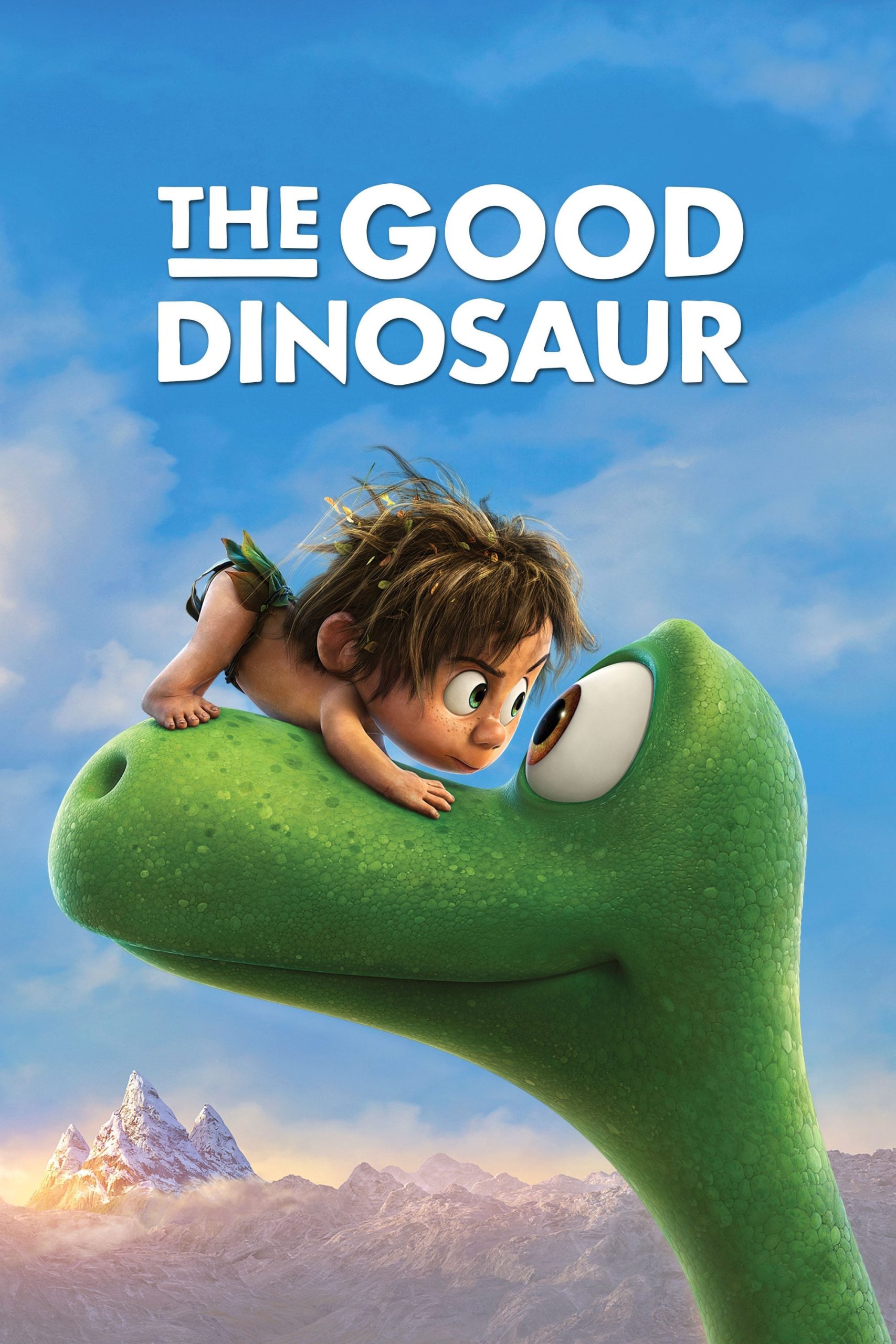
An epic journey into the world of dinosaurs where an Apatosaurus named Arlo makes an unlikely human friend.
04 Feb The Good Dinosaur (2015)
Background as Foreground
I follow certain filmmakers in a way unlike any other relationship. If they have worked well for me at least once, they become a permanent part of my life, not friends or family because I give nothing back. When they try and fail, it becomes something of a failure of mine to learn from.
Pixar is in this class of ‘filmmakers‘ because there I see a certain consistent set of ambitions and values. Creative, polished story is what most people see, but what interests me is the deep exploration of what it means to tell stories visually, cinematically.
These men and women aggressively expand the cinematic vocabulary. Sometimes it is local, in some minute orchestration of character movement; I am not skilled enough to see and understand where these are new. But I can see and understand how they push the way we can communicate about space and the movement of the eye in it.
In this, they have two concerns. I’ve remarked elsewhere on the most visible one: how they understand the third dimension and where we place the camera. They can expand this because the camera is no longer physical. They‘ve gone so far as to design whole story worlds to allow for stretching this.
The other experimental area is more subtle and perhaps more influential in the long run. It used to be that the environment in films was that we lived in, and incidentally captured by the camera. Except in very rare cases, like some of the work of Welles and Kurosawa, it is static, dead, not able to participate in the communication. In cartoons, the background was ever more so.
But CGI breaks that boundary as well. I saw the problems they had with trying to innovate with conscious snow interacting with conscious hair in Brave. They had all sorts of other difficulties with this film, many of them not relevant to the experiment in conscious background but it has to be considered a success.
The story isn’t particularly novel in having the environment be the protagonist, but it is novel in the emotional texture they were able to impart to that environment. The characters‘ texture and form have been reduced and that of the environment increased. There was never in reality water this full of life, vegetation with this much unified presence. They moved the old story-focused director out and moved in a texture animator and incidentally gave him a story to tell.
It is not typical of Pixar that the filmmaker is allowed to make a statement, but here we have him creating a character that enters the story and announces his intentions. He is part of the environment, appearing first as a tree and stepping out to be a multi horned creature that ‘collects‘ pets that each play a role. This is one of the most sophisticated in jokes I recall, directly related to the focus on the background as foreground.
Posted in 2016
Ted’s Evaluation — 3 of 3: Worth watching.


No Comments